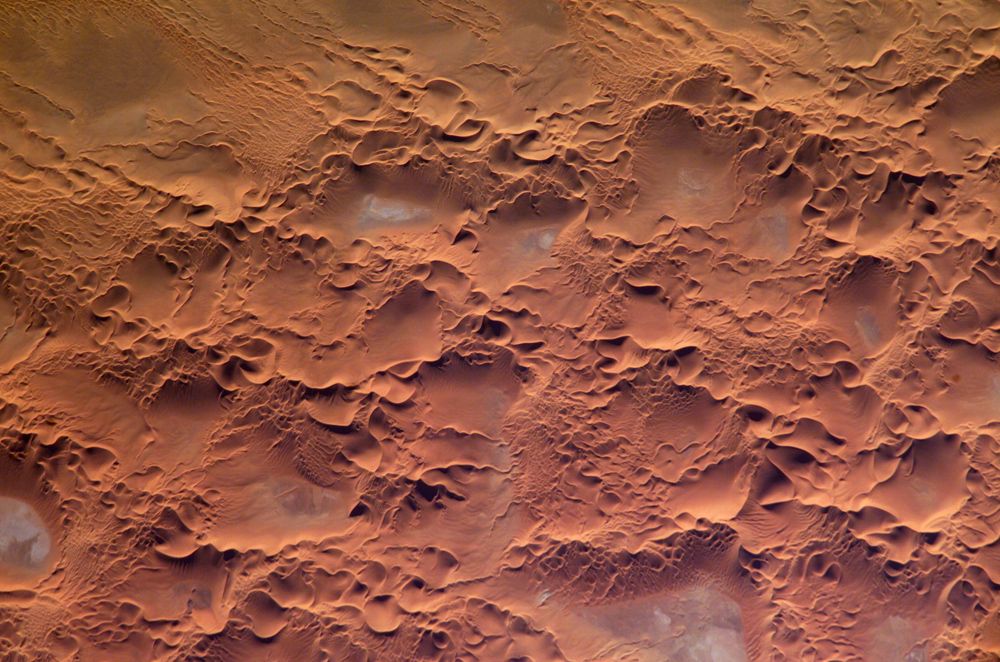Thanks for replying. I didn’t understand much of what you say, and I think you may even misunderstand me.
I tried to use the Advanced Perlin, in Basic mode… but it produces some glitchy super-low holes, and super-high peaks regardless of the settings I use.
What I am aiming for is to break up the pattern in a specific way. I want to make the dune tops to fall down into the earth and disappear completely, so there is no contrasty wavy line when viewed from the sky. Then I want it to come up from the earth again, preferrably farther ahead…
To show my idea using clumsy ASCII: from the top like this: — __ ¯¯¯¯__–
From the ground like this: /¯¯_/¯¯¯¯-------__—¯¯¯—____
When the sand dunes hit the ground, there should be no discernable line-path, which I see from the sky. I have tried to remove these low-lying lines with blur, and clamp, but the lines are impervious and invincible.
I uploaded the tmd here for you to have a look at. I’m sure you’ll be able to make it work since you’re not noobs, and in fact one of you being the creator of this amazing software!
And to show you that my desert terrain is on the “right path” some more, I will show you a render I’ve done in Modo 801 for it:

Thank you again for your help.







